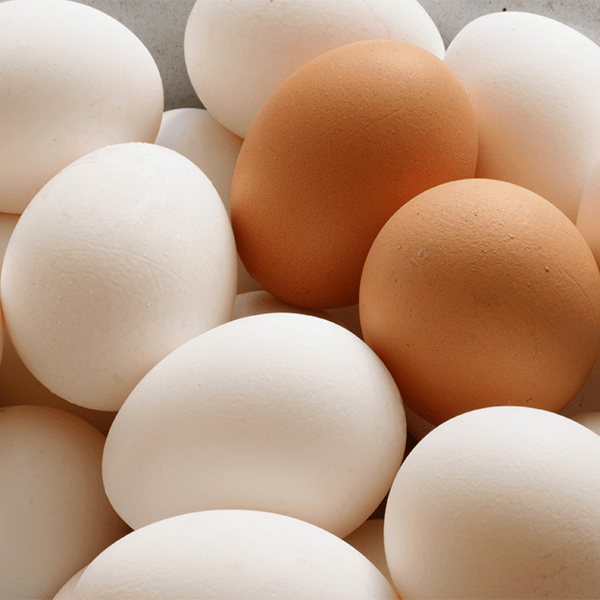Egg shell quality is a major concern for farmers in the poultry sector. Any crack in an egg’s shell is enough to downgrade an egg. Shell solidity is therefore a crucial factor for producing marketable eggs as a finished product. What precautions can be taken to avoid too many crushed or cracked eggs in a flock? How do you make eggshells stronger?*
Downgraded eggs account for 3.5 to 12% of all produced eggs. This rate increases drastically between 60 and 70 weeks of laying period: it can reach up to 20% at the end of a laying cycle. However, egg shells are usually surprisingly sturdy: a shell that is less than 0.3 mm thick can withstand more than 3 kg! This strength is the result of the egg structure and resistance created from the combined properties of its compounds: phosphorus and especially calcium of which 90% of the eggshell is composed. The shell is formed in the hen's uterus by the precipitation of calcium carbonate on a membrane. To make the eggshell, hens mainly use their available dietary calcium. If this mineral is not available in sufficient supplies as the shell is forming, hens will sustain this formation process by drawing upon their own bone reserves from the medullary bones.


